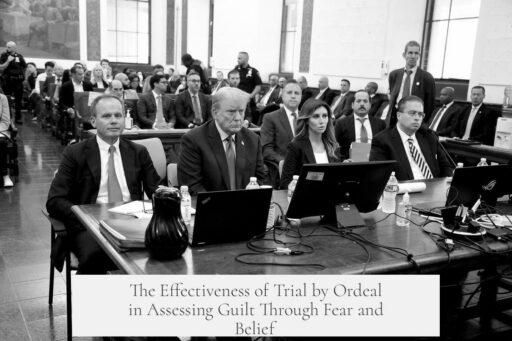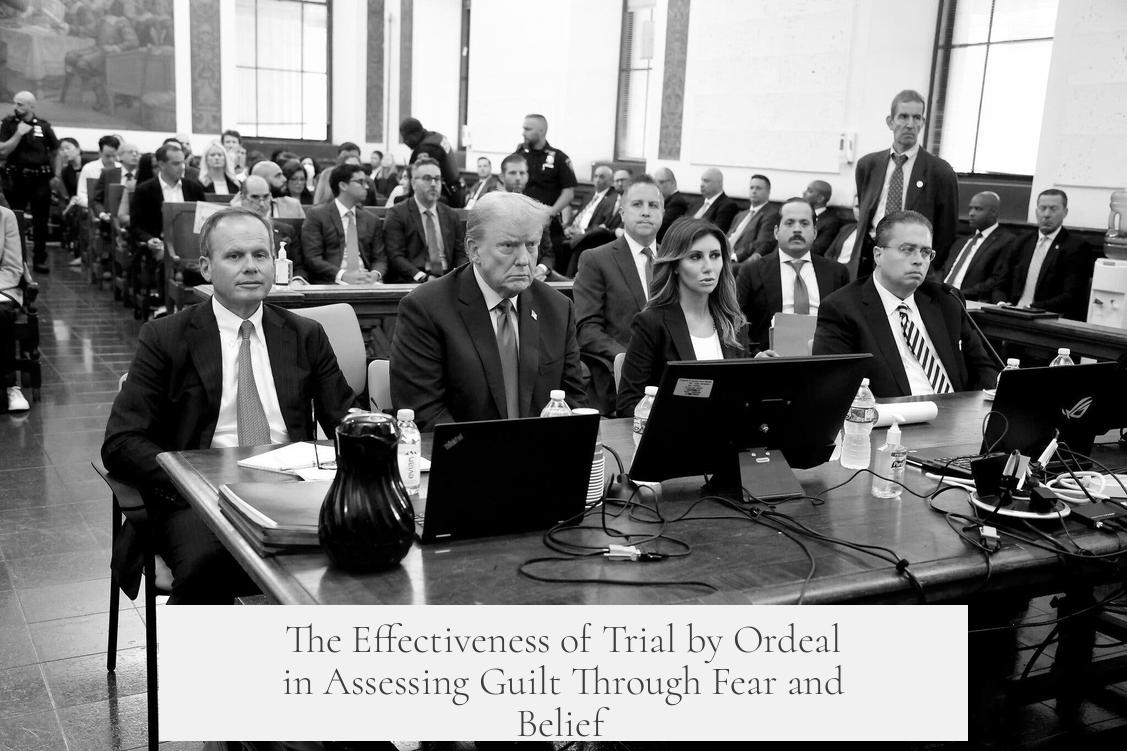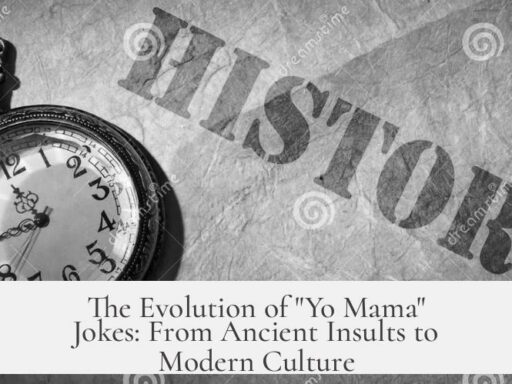Trial by ordeal served as an effective test of guilt in medieval times largely because it exploited the belief systems and psychological pressures on the accused. The role of priests, the accused’s faith in divine justice, and the physical evidence of wounds collectively made the ordeal a functional judicial tool despite its flaws.
The trial by ordeal involved subjecting the accused to painful or dangerous tests, such as holding hot irons or immersion in water. The outcome supposedly displayed divine judgment—an innocent person would be protected by God, while a guilty person would suffer harm. Its effectiveness is tied closely to the mental state of the accused and the active involvement of clergy in administering the ordeal.
Priests played a central role in the process. They often encouraged the accused to confess before the trial by ordeal, relying on confessions to determine guilt. During confession, the accused, believing in the spiritual authority of the priest rather than human judges, often revealed the truth. Priests then manipulated the ordeal to reflect the confession’s content, sometimes rigging the test to produce a “burning” verdict if guilt was confessed. This made the ordeal less about chance and more about reinforcing known guilt.
However, priests themselves knew the ordeal’s “miracles” were controlled and could fabricate outcomes. The general populace did not know this, which maintained the trial’s legitimacy. This mechanism sustained faith in divine justice, and it encouraged confessions motivated by fear of divine punishment. The clergy also benefited as the congregation witnessed “miracles,” enhancing religious devotion and the priest’s authority.
The accused’s belief in the ordeal’s divine basis significantly influenced the process. A guilty person who truly believed the ordeal was real risked confessing rather than facing what they thought was certain damnation. Conversely, an innocent person believed they would be protected and therefore accepted the ordeal. This belief system created a psychological deterrent that reduced false denials and made confessions more likely.
Physical evidence, especially in ordeals involving burns, contributed to perceived fairness. In trials by hot iron, the wound was dressed and observed over three days. The accused was deemed guilty not just by the presence of a burn but by the stink and festering of the wound. An innocent person’s wound would heal cleanly, which provided a tangible signal of innocence.
Interestingly, the behavior of the accused during this healing period also influenced verdicts. Guilty individuals often tampered with their bandages, constantly inspecting wounds or applying remedies to mask infection. This active interference sometimes backfired, as worsening wounds indicated guilt in the eyes of priests. Innocent people typically allowed proper healing, passing the test by default.
While the system had clear benefits, it also faced strong criticism. It was vulnerable to corruption, and priests’ manipulation undermined judicial integrity. The ordeal entrapped even innocent people driven by fear, leading to coerced confessions. The process resembled a form of judicial brutal mob mentality and often forced false admissions.
Recognizing these problems, the Church and monarchs forbade trial by ordeal in 1215. It was deemed crude and ignorant compared to emerging methods emphasizing evidence and reason.
| Factors Making Trial by Ordeal Effective | Limitations and Criticisms |
|---|---|
| Confessions obtained before the ordeal | Prone to corruption and manipulation by clergy |
| Accused’s belief in divine justice increased confession likelihood | Induced fear forced false confessions from innocent and guilty |
| Physical evidence (wound healing observed over days) | Guilty could tamper to hide or worsen wounds |
| Priests benefiting from enhanced religious authority | Deemed crude, leading to eventual ban |
The trial by ordeal worked effectively because it combined psychological, social, and physical components to reveal guilt or innocence as perceived within medieval societies. It was a system rooted in faith, fear, and human behavior rather than strict empirical justice. This explains why, despite appearing primitive today, it functioned reasonably well for its time.
- Priests manipulated ordeals based on confessions, ensuring predictable outcomes aligned with guilt.
- The accused’s belief in divine punishment encouraged truthful confessions before trials.
- Physical signs of wounds and their healing served as tangible evidence of innocence or guilt.
- Fear of divine retribution pressured guilty and innocent alike, yielding many confessions.
- Corruption and crude methods led to its 1215 ban despite its practical effectiveness.
Why the Trial by Ordeal Was Actually an Effective Test of Guilt
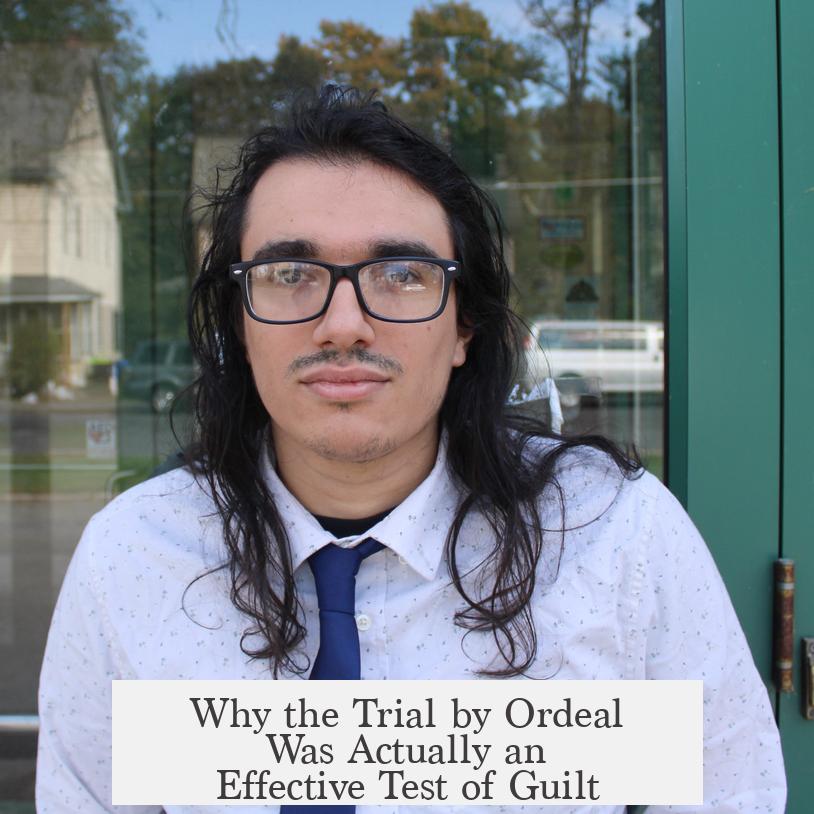
At first glance, trial by ordeal sounds like medieval torture theater, not a clever justice system. However, if we dig deeper, it reveals surprising effectiveness as a test of guilt.
Why? Because the trial relied on a potent combo of belief, fear, and priestly “magic” — all working together to nudge suspects toward confessing.
The Priest’s Role: The Secret Puppet Masters
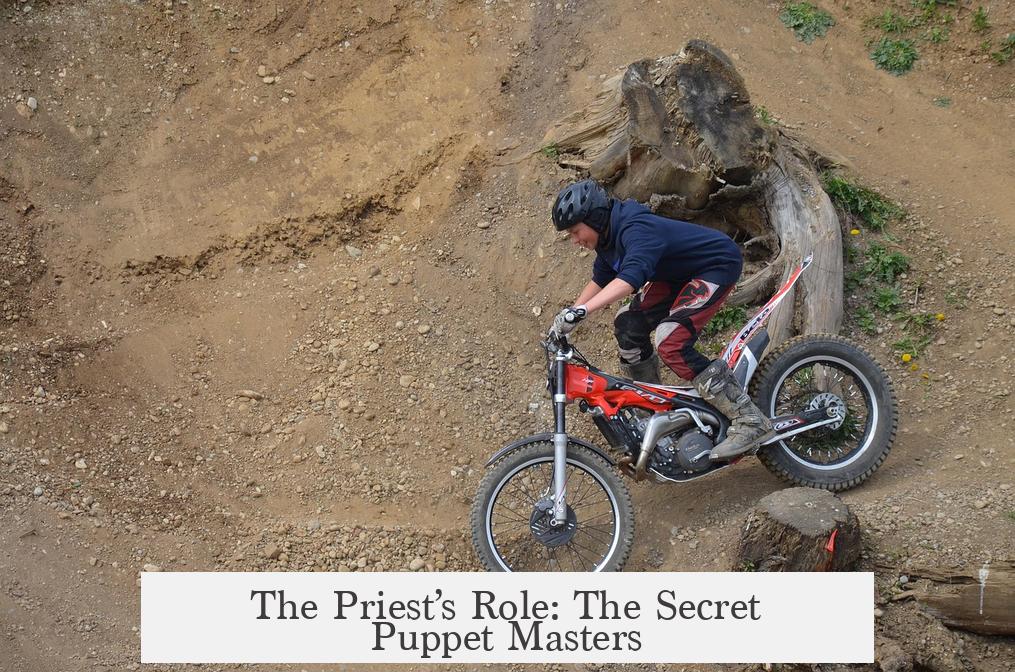
The priests weren’t just spiritual guides; they were the unseen hands rigging the system. Before the ordeal, accused individuals were urged to confess during confession. Why?
Because the priests weren’t judges, God was. Or so everyone thought.
The irony? If the accused secretly confessed, priests made sure the ordeal was *actually* harshly “hot,” failing the accused and confirming guilt. If they were truthful, the ordeal’s “miracle” would pass. The priests knew the miracle was fake but everyone else—especially the accused—did not.
- This manipulation made the ordeal a powerful psychological tool.
- The clergy gained devotion and awe from such “divine” displays.
Could priests be called early innovators of “fake news”? Maybe. But this delicate lie kept justice moving—and instilled fear effectively.
Belief and Fear: The Real Engines of Justice
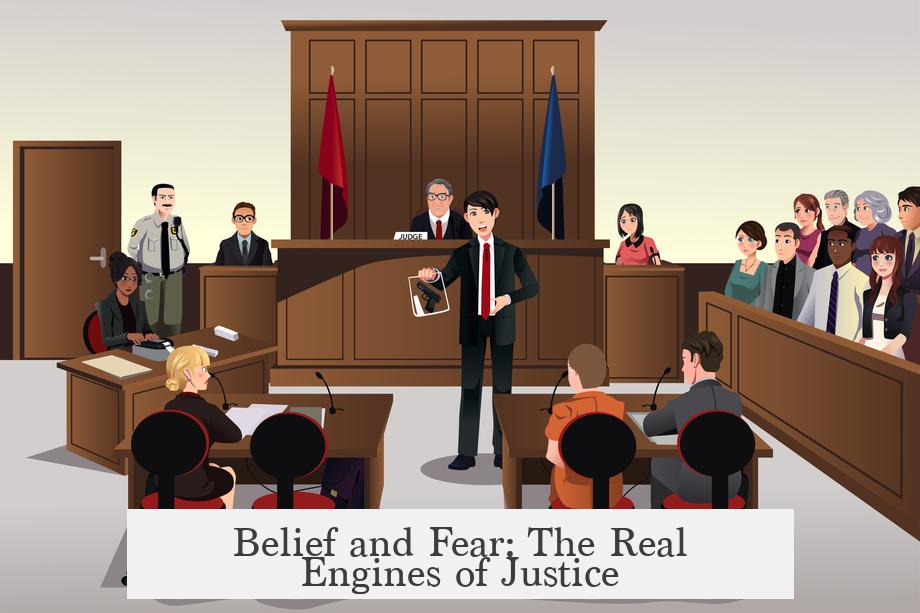
What if you, accused, truly believe the ordeal will expose your guilt? You’re stuck between a rock and a very hot place.
The trick: guilt or innocence hinged on your belief in divine justice.
If you’re guilty and scared of the torturous hot irons, you’re likely to confess to dodge the ordeal. If innocent and authentic in your faith, you’d trust God to protect you through the ordeal.
It’s a mind game disguised as a trial. And the fear factor? It worked wonders to flush out confessions, saving the community time and effort hunting down the truth.
But this approach wasn’t foolproof or fair. The Church and monarchs eventually banned it in 1215—calling it crude and ignorant. Yet it ruled for centuries because it got results—at least, when people believed in it.
The Healing Test: How Wounds Spoke Truth
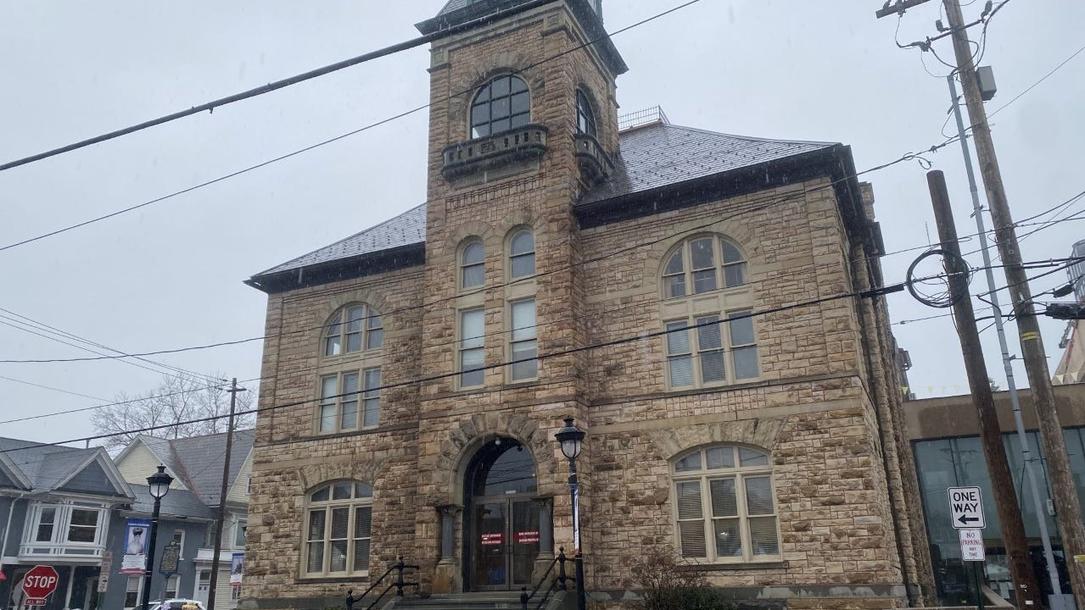
The ordeal by hot irons was more than burning hands and screams. After contact with burning irons, the wounds were dressed and bound for three days. Here’s the twist:
- A person was considered guilty if the wound did not fester or worsen.
- An innocent person’s wounds would often get infected or fester, which seems counterintuitive but was read as God’s judgment at work.
So, the healing process became a divine lie detector.
Sounds open to cheating? It was.
Guilty accused often meddled with their wounds—removing bandages, exposing burns to fresh air, using old family remedies—trying to “force” bad healing, hoping to trick the priests into declaring innocence.
This showed the accused’s desperation. Innocent parties generally had less incentive to tamper; guilt pushed culprits into overdrive.
Imperfections and the Bigger Picture
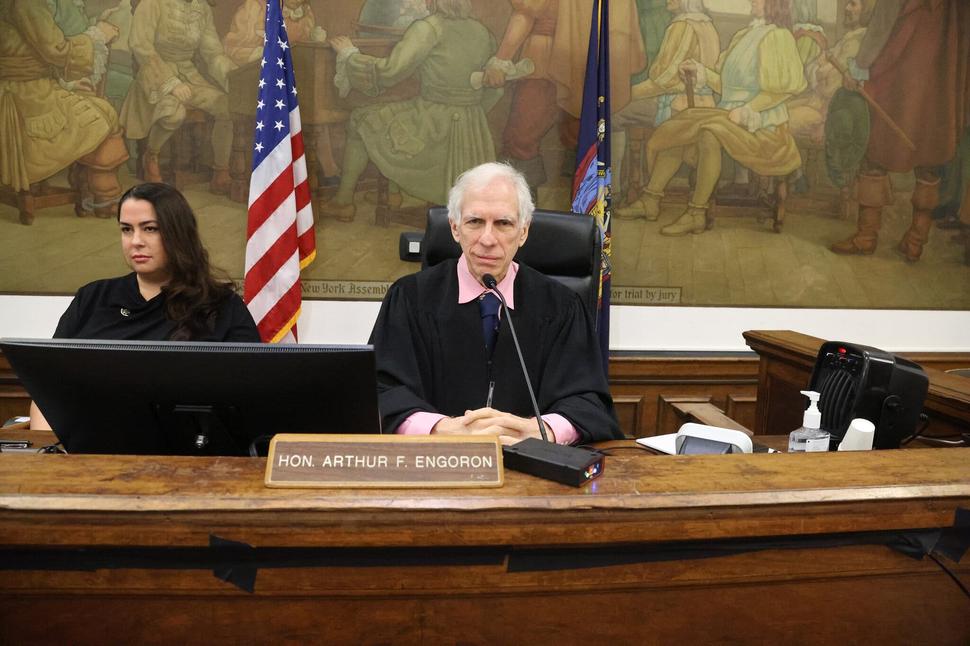
No justice system is perfect, and trial by ordeal had glaring flaws.
- It was vulnerable to corruption by priests.
- It produced mass confessions—including false ones—because fear makes people say anything.
- It bred skepticism among more rational thinkers of the period.
- And yes, it was brutal and often arbitrary.
But consider the cultural context: when communities faced witch-hunts or riots, proclaiming divine judgment through ordeal could protect an accused from lynching. In that twisted way, the ordeal served as a social safety valve.
Could you imagine modern courts demanding you burn your hand to prove innocence? No? Neither could the Church, which outlawed the practice in 1215.
So, Was It Actually Effective?

Yes, within its historical and cultural framework.
Its “effectiveness” came largely from belief: the accused’s faith in divine justice and their fear of punishment pushed many guilty parties to confess. The priests’ control and manipulation meant the outcomes fit the narrative the Church wanted.
It was a psychological system disguised as physical trial. The pain was secondary to fear and manipulation.
Could we trust it today? No.
Was it effective then? Absolutely—for its time and context.
“A justice system runs on belief, fear, and trust — and trial by ordeal mastered that cocktail spectacularly.”
Lessons and Reflections
From rigged miracles to fear-fueled confessions, the ordeal tells us much about how societies design systems to find “truth.”
It highlights why transparency, evidence, and fairness matter.
It also shows how justice is not just a legal puzzle but a psychological battlefield.
Next time you think about justice, remember: medieval people trusted a fiery test more than a court full of witnesses. Maybe there’s a lesson in that for modern trials—though hopefully, one without the burning!
